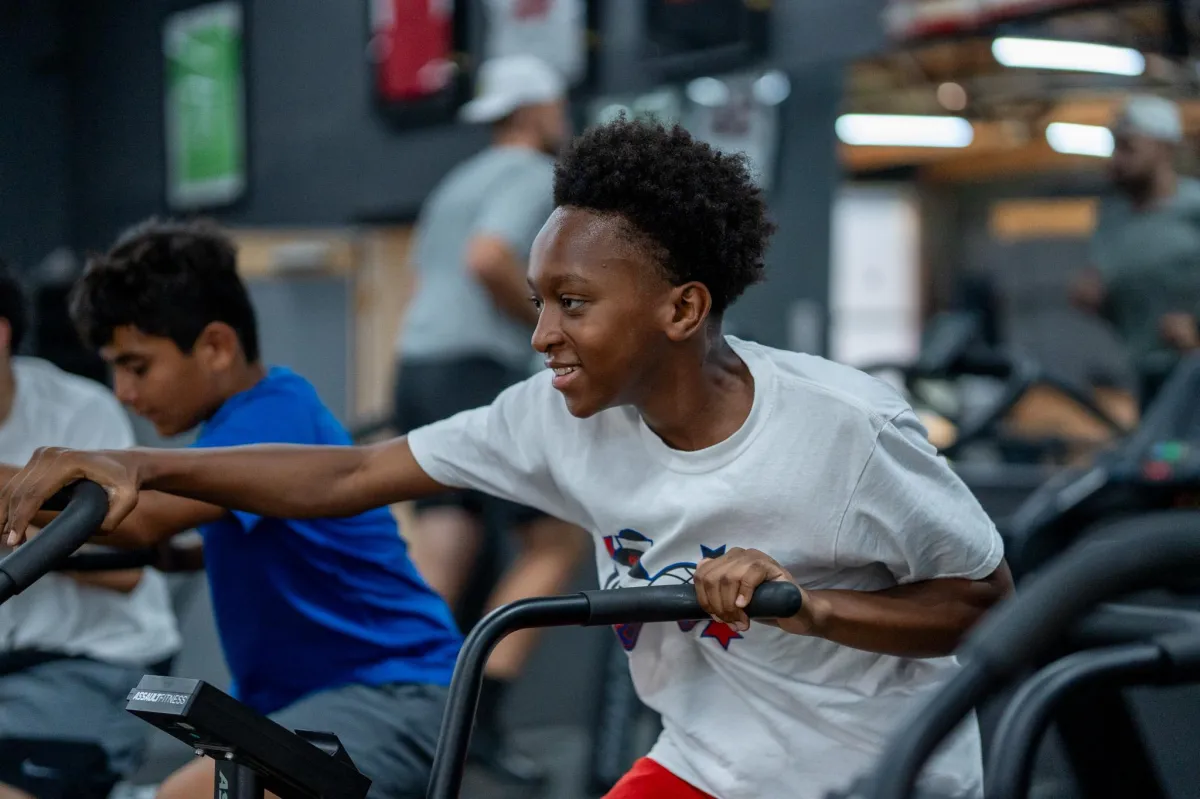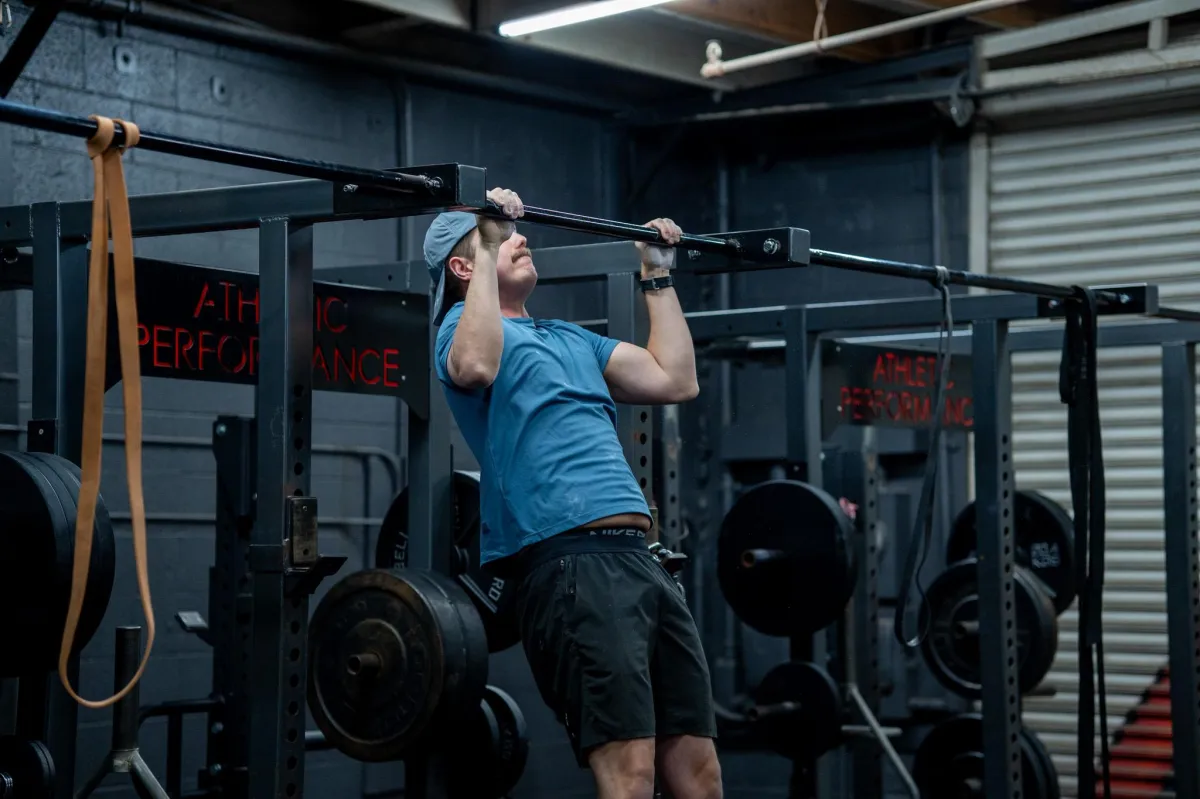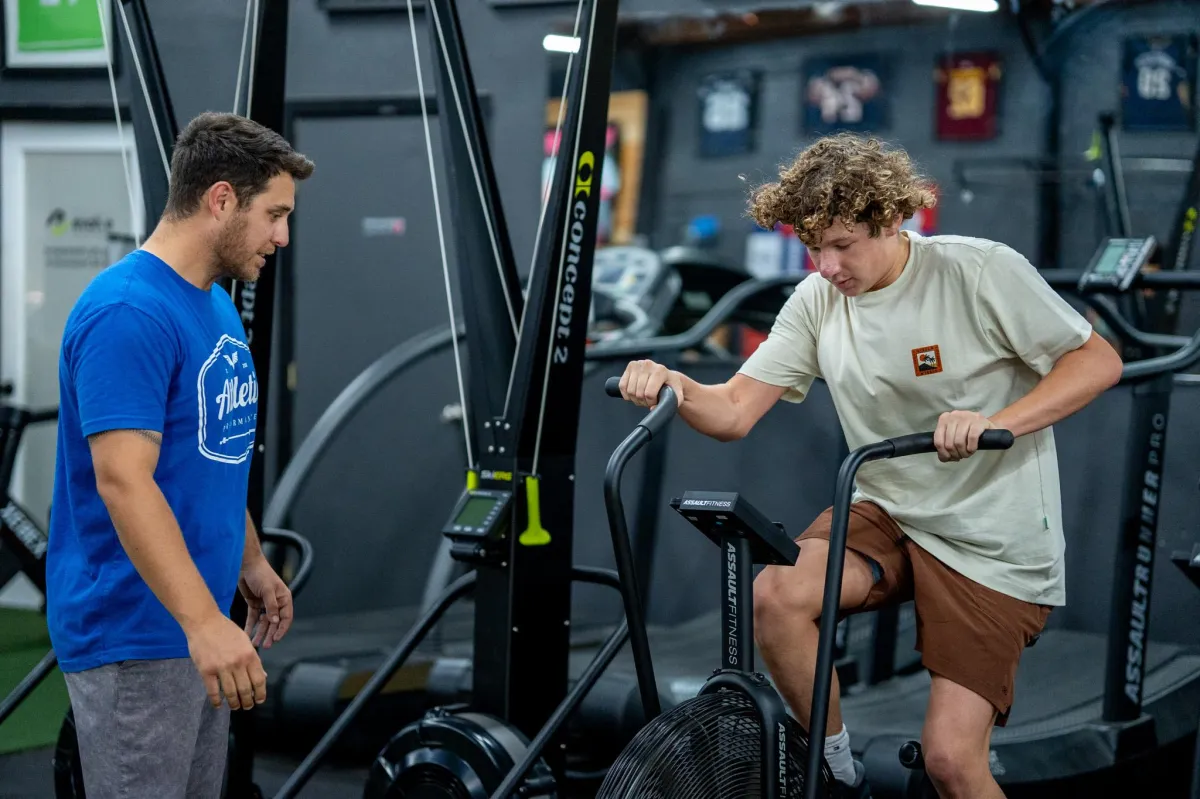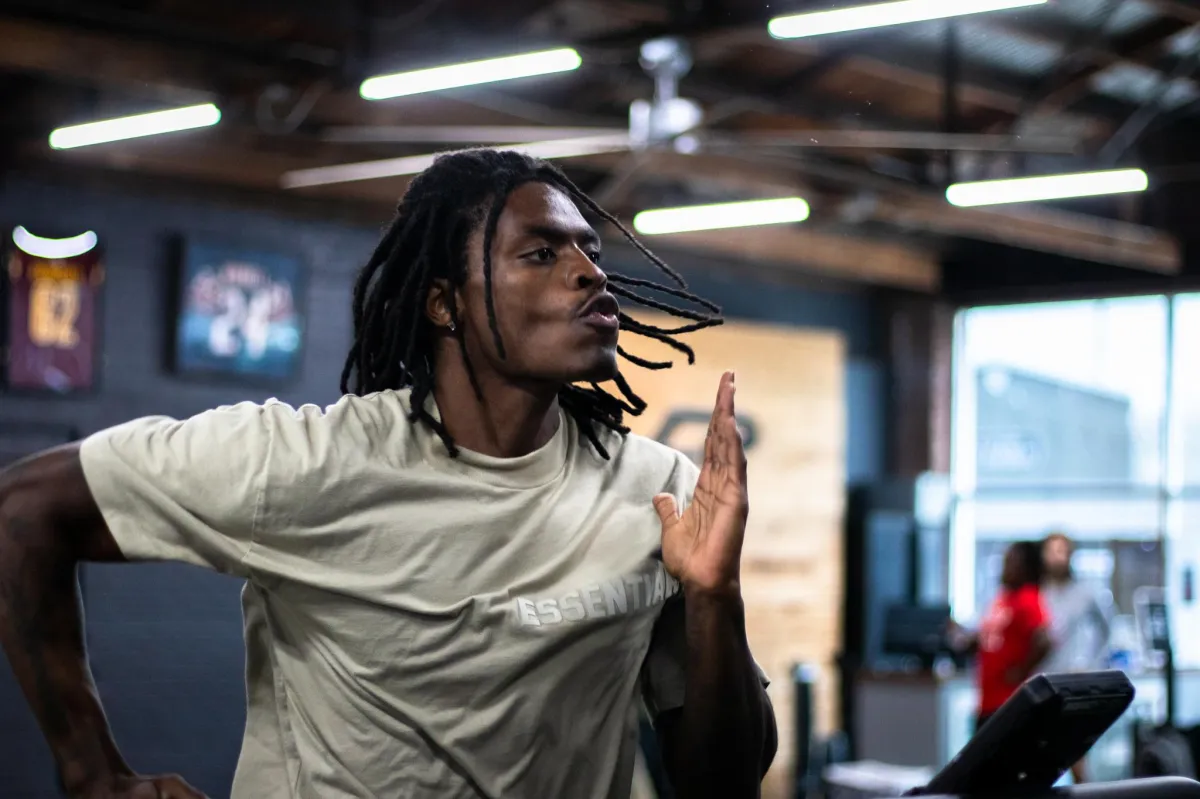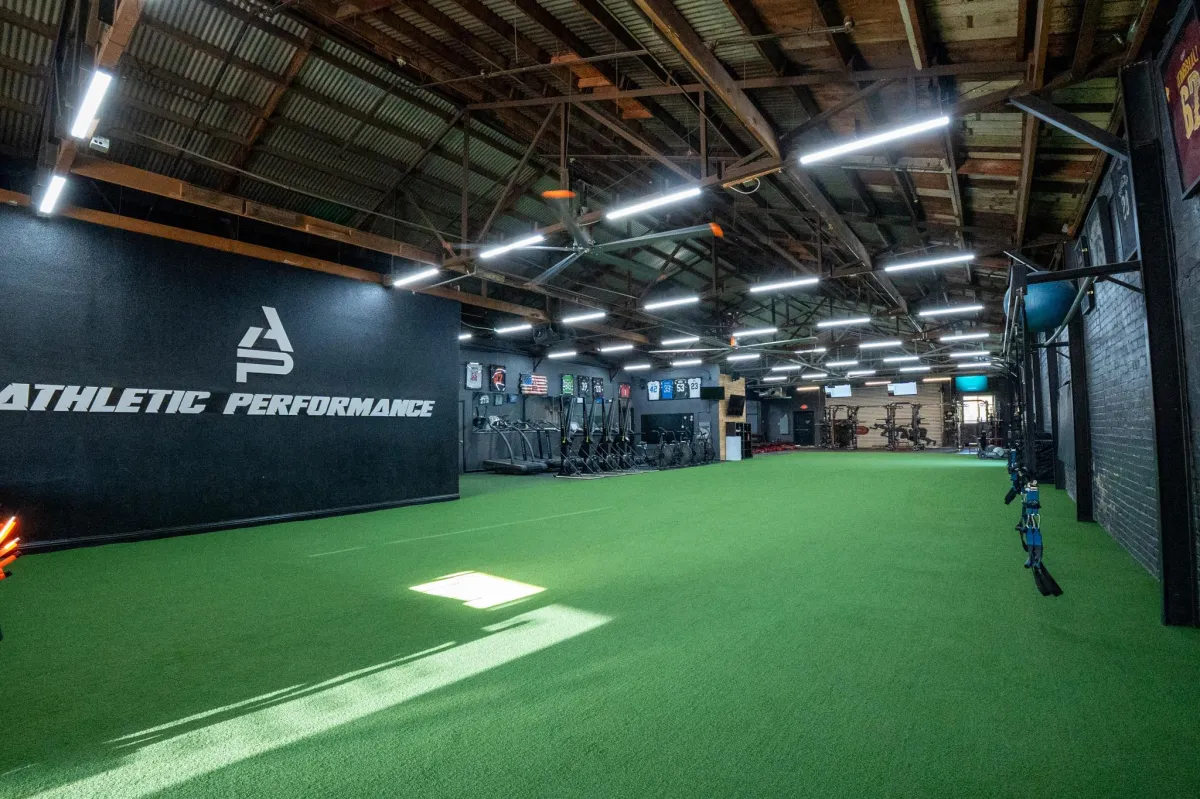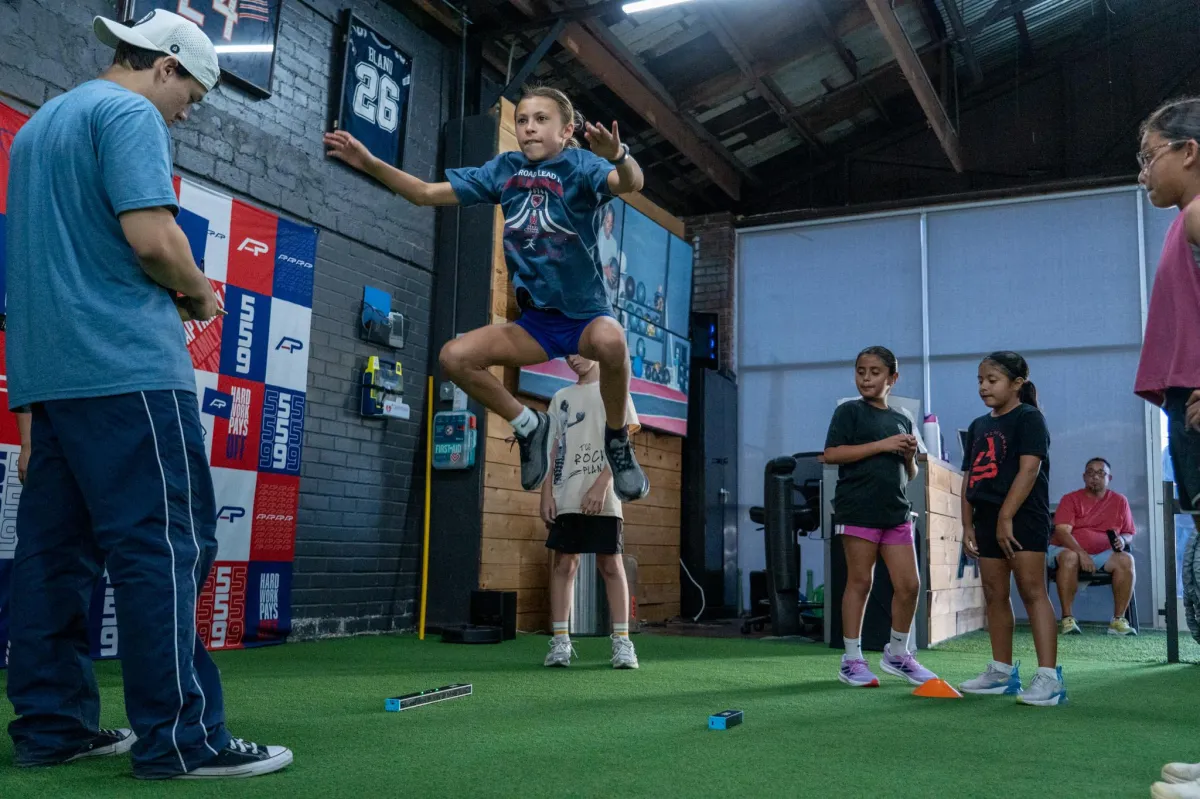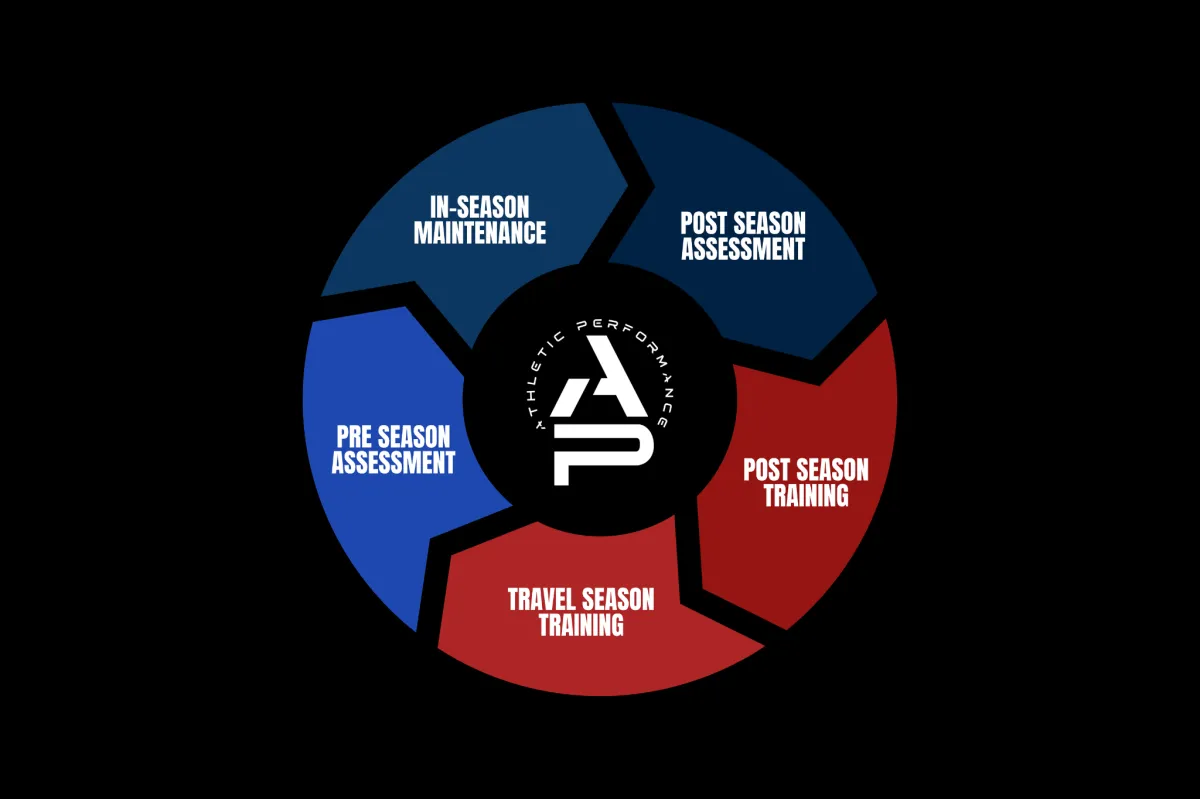Performance Tips
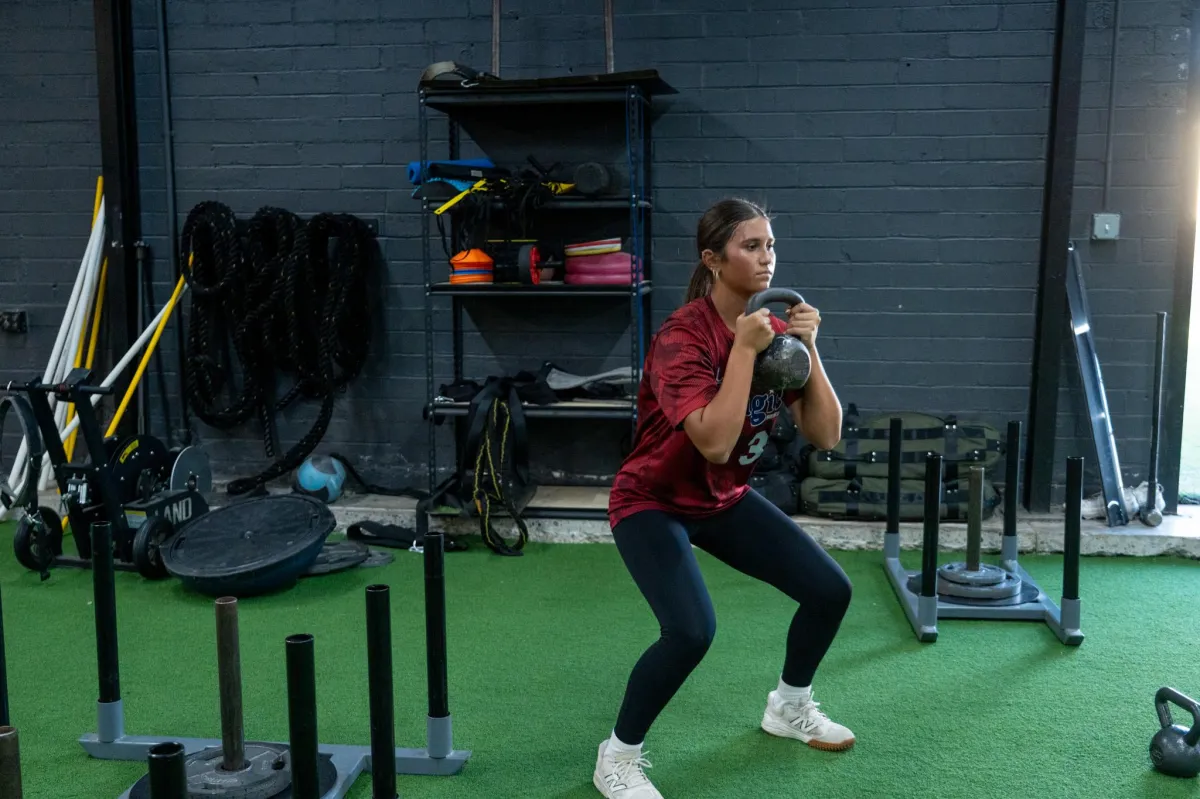
Top 5 Lower Body Lifts for Soccer
Top 5 Lower Body Lifts for Soccer Players ⚽️
If you want to dominate on the soccer field, it’s not just about how many miles you can run—it’s about how much power, balance, and control you can generate every time you sprint, cut, or strike the ball. A strong lower body builds that foundation. Here are the top 5 lifts every soccer player should include in their training program.
1.Trap Bar Deadlift
Why it matters: Soccer demands explosive acceleration and deceleration. The trap bar deadlift develops total lower-body power—especially in the glutes, hamstrings, and quads—while keeping the spine in a safer, more neutral position.
Coaching tip: Focus on a strong lockout and clean reps. Thinkfast up, controlled down.
2.Rear-Foot Elevated Split Squat (Bulgarian Split Squat)
Why it matters: Every stride, shot, and change of direction happens one leg at a time. Single-leg strength improves balance, stability, and symmetry between limbs—key for both performance and injury prevention.
Coaching tip: Keep your chest tall and drive through the front heel. Add dumbbells or a barbell for progression.
3.Nordic Hamstring Curl
Why it matters: Hamstring strains are one of the most common injuries in soccer. The Nordic curl strengthens the hamstrings eccentrically (as they lengthen), helping prevent pulls and improving sprint speed.
Coaching tip: Control the lowering phase—resist gravity as long as possible before catching yourself.
4.Front Squat
Why it matters: Front squats challenge your quads, core, and posture—essential for kicking mechanics and staying strong through physical play. They also build the strength to absorb and redirect force during tackles and jumps.
Coaching tip: Keep elbows high and core tight. Quality over quantity—don’t chase heavy loads with poor form.
5.Lateral Lunge (or Cossack Squat)
Why it matters: Soccer isn’t played in straight lines. Lateral lunges strengthen the adductors and glutes while improving mobility and control in side-to-side movement—perfect for defensive shifts and agile footwork.
Coaching tip: Push hips back, keep your chest tall, and drive off the bent leg to return to center.
💥 Bonus Tip: Strength + Power = Performance
These lifts build a foundation—but power comes from how you train them. Combine heavy strength days with explosive work (jumps, sprints, sled pushes) and movement-based conditioning to transfer gym gains onto the field.
Ready To Get Started?
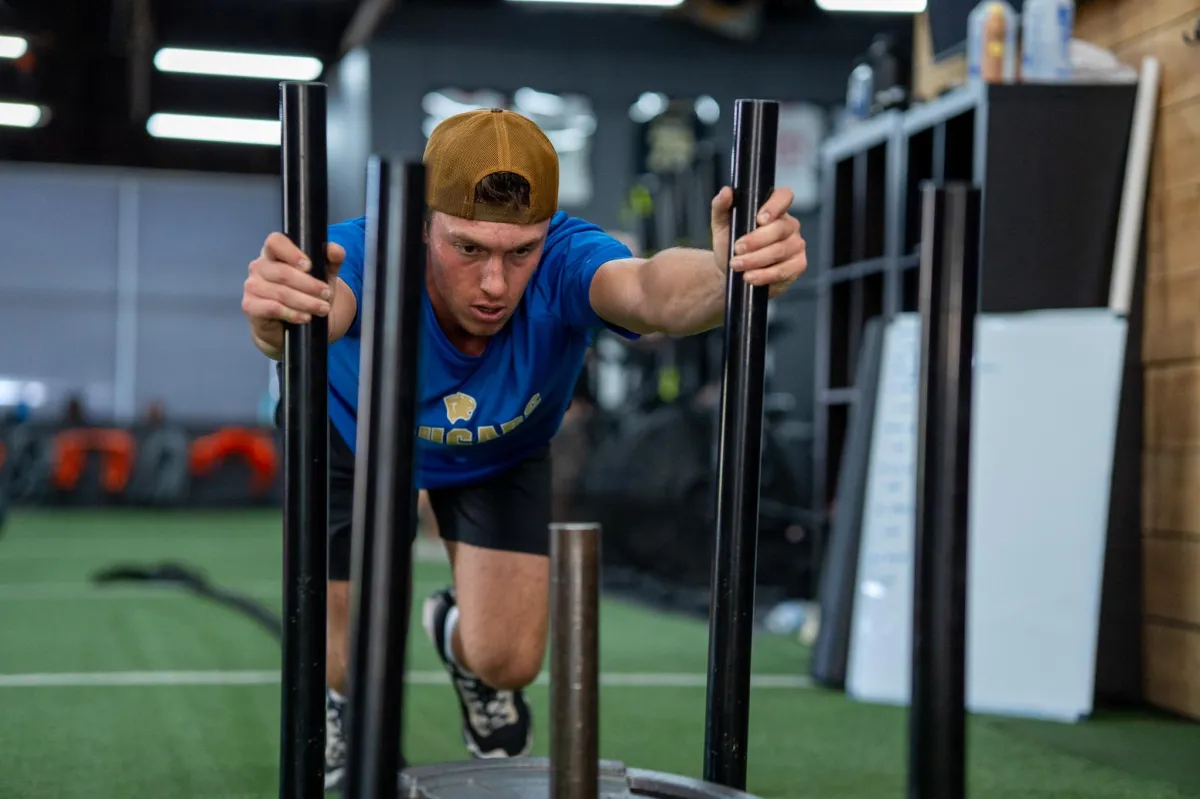

PROGRAMS
ABOUT
MORE
© Copyright 2025. Athletic Performance . All Rights Reserved.
